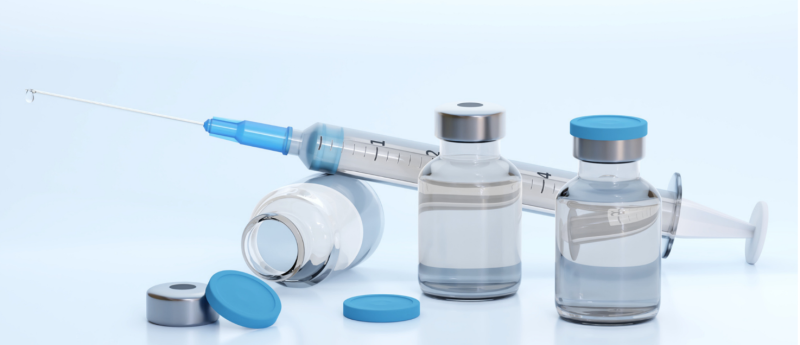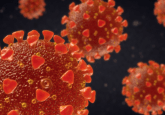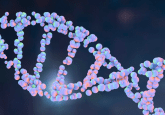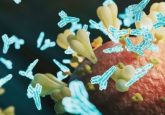Experimental vaccine packs a punch against broad range of antimicrobial-resistant strains

A protein-free vaccine shows promising preclinical results in supercharging immune responses to a range of drug-resistant ‘superbugs’.
The risk of developing a healthcare-associated infection (HAI) is an ever-present concern for patients worldwide. The World Health Organization estimates that 7% of all patients in high-income countries and 15% of all patients in middle- to low-income countries will develop an HAI whilst in hospital. For patients in intensive care units, the rate of infection can rise to 30%. Researchers at the University of Southern California, Los Angeles (CA, USA) have developed a protein-free vaccine that stimulates the immune system against a range of pathogens, which could lead to a single vaccine that protects against HAI.
The root cause of these HAIs is bacterial and fungal pathogens that have developed a resistance to conventional antibacterial or antifungal drugs. These antimicrobial-resistant (AMR) strains, such as methicillin-resistant Staphylococus aureus (MRSA) and extended spectrum beta lactamase-expressing Escherichia coli, are an increasing global concern and serious global efforts are being made to find a solution to this growing problem both for treating and preventing infections.
Preventative measures for stopping infections can be separated into two categories: horizontal and vertical methods. Horizontal methods protect against multiple pathogens, these typically include personal hygiene, protective equipment and disinfecting hospital rooms. Vertical approaches tackle only one pathogen, these include traditional, protein-based vaccines.
This recent study reports a revolutionary vertical method that may have a horizontal approach. The researchers developed a broad-spectrum vaccine that is exhibiting promising preclinical results against multiple strains of AMR bacteria and fungi.
Researchers have incorporated a base into mRNA that is not naturally present in the human body, producing mRNA that has decreased cytotoxicity compared to unmodified mRNA.
The team initially developed a vaccine for MRSA and noted that upon adding the adjuvant aluminum hydroxide to their experimental mixture it significantly decreased the levels of infections in a mouse model. However, it did not reduce bacteria levels in blood. The team hypothesized that adding additional adjuvants to the vaccine means they can influence protection against infection, without using any proteins from microorganisms. Adjuvants work by bolstering the body’s innate immune system, increasing the presence of macrophages, which engulf pathogens.
Their final vaccine, containing only three adjuvants as the active agents, proved effective against a broad spectrum of resistant ‘superbugs’, which increased the number of macrophages in the blood. Moreover, it was effective just 24 hours after injection and stayed effective for up to 28 days. Preliminary data also suggests that a booster injection could extend this window even further. Two of the active ingredients are used in existing FDA-approved vaccines, and the third component is obtained from the surface of a fungus found on human skin.
In a mouse model, the vaccine demonstrated considerable ability to aid the prevention of blood and lung infections. Brad Spellman (Los Angeles General Medical Centre, CA, USA), senior author of the paper, likens the vaccine to “an early warning system. It is like Homeland Security putting out a terror alert. ‘Everyone, keep your eyes open. Keep an eye out for suspicious packages.’”
However, this vaccine still has a way to go before it can be rolled out in hospitals the world over. The experimental vaccine still requires further preclinical testing and an FDA application as an Investigational New Drug. After this, the drug will enter clinical trials.
HAIs kill more than 90,000 people in the United States alone and the cost of fighting these infections is thought to be between $28 billion and $45 billion. To recover from the resistance to antimicrobial drugs, a new solution is required. Pending approval, this new vaccine has the potential to save thousands of lives every year.






